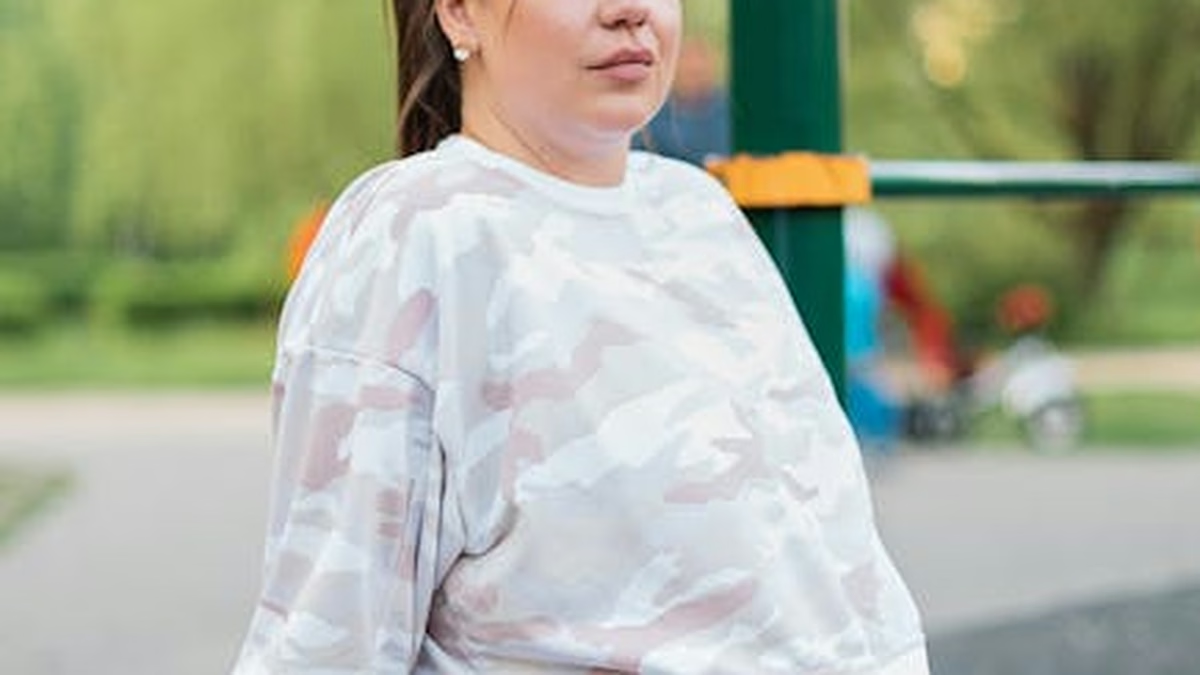Dark Exercise: Stay Active & Safe
Adapting Your Exercise Routine for Daylight Saving Time: Staying Active in the Dark
Daylight Saving Time (DST) can throw a wrench into your well-established exercise routine. Suddenly, your usual morning jog or evening walk is shrouded in darkness. This shift can make it harder to stay motivated and raises legitimate safety concerns. But don’t let the darkness deter you! With a few adjustments, you can maintain your fitness goals and enjoy the benefits of dark exercise throughout the fall and winter months. This guide provides practical tips and strategies to help you adapt your Daylight Saving exercise routine and stay active even when the sun goes down early.
Understanding the Impact of Daylight Saving Time on Your Body
The seemingly small change of moving the clock forward or backward can have a significant impact on your body’s natural rhythms. This is because DST disrupts your circadian rhythm, the internal clock that regulates sleep-wake cycles, hormone release, and other essential bodily functions. A study published in Current Biology showed that DST is associated with increased risks of heart attacks and strokes in the days following the time change. This disruption can lead to:
- Sleep deprivation
- Reduced energy levels
- Increased stress
- Difficulty concentrating
All of these factors can negatively impact your motivation to exercise. Therefore, understanding these effects is the first step in mitigating them and successfully adapting to Daylight Saving exercise.
Prioritizing Safety During Dark Exercise
Safety is paramount when exercising in the dark. Visibility is reduced, and drivers may not be expecting pedestrians or cyclists in the pre-dawn or post-sunset hours. Here’s how to stay safe:
Visibility is Key
- Wear Reflective Gear: Opt for clothing with reflective strips or vests. These make you visible to drivers and other pedestrians from a greater distance.
- Use Lights: Carry a flashlight or wear a headlamp. A flashing red light attached to your back is also highly recommended.
- Bright Colors: Choose brightly colored clothing in addition to reflective gear.
Be Aware of Your Surroundings
- Stick to Well-Lit Areas: Choose routes with streetlights or other forms of illumination.
- Avoid Isolated Areas: Exercise in populated areas where there are other people around.
- Pay Attention to Traffic: Be extra cautious when crossing streets. Make eye contact with drivers before crossing.
- Tell Someone Your Route: Let a friend or family member know where you’re going and when you expect to be back.
- Carry Identification: Always carry ID and a phone in case of an emergency.
Consider Exercising Indoors
Outdoor Workouts for Crisp Autumn Days: Hiking & T…
If you’re uncomfortable exercising outdoors in the dark, consider moving your workout indoors. Gyms, recreation centers, and even your own home can provide a safe and well-lit environment for exercise. Consider Winter workout tips that focus on indoor activities.
Maintaining Motivation for Dark Exercise
One of the biggest challenges of dark exercise is maintaining motivation. The lack of sunlight can make it harder to get out of bed in the morning or to muster the energy for an evening workout. Here are some strategies to stay motivated:
Set Realistic Goals
Don’t try to do too much too soon. Start with small, achievable goals and gradually increase the intensity and duration of your workouts. Celebrate your successes along the way.
Find an Exercise Buddy
Exercising with a friend or family member can provide accountability and motivation. Knowing that someone is counting on you can make it easier to stick to your workout routine.
Create a Routine
Establish a consistent exercise schedule and stick to it as much as possible. This will help your body adjust to the new time and make it easier to incorporate exercise into your daily routine.
Reward Yourself
Treat yourself to something you enjoy after completing a workout. This could be anything from a healthy snack to a relaxing bath.
Listen to Music or Podcasts
Listening to upbeat music or an engaging podcast can make your workout more enjoyable and help you stay motivated.
Track Your Progress
Use a fitness tracker or app to monitor your progress and see how far you’ve come. This can be a great source of motivation.
Best Exercises for Dark Conditions
Certain types of exercise are better suited for dark exercise than others. Consider these options:
Walking and Running
Walking and running are great cardiovascular exercises that can be easily adapted for dark conditions. Just be sure to follow the safety precautions outlined above. For safe dark running, choose well-lit paths and wear reflective gear.
Cycling
Cycling is another excellent option, but it’s important to use lights and wear a helmet. Consider using a stationary bike indoors if you prefer to avoid cycling in the dark.
Strength Training
Strength training can be done indoors at any time of day. Focus on exercises that target all major muscle groups.
Yoga and Pilates
Yoga and Pilates are great options for improving flexibility, strength, and balance. These exercises can be done at home with minimal equipment.
Indoor Fitness Classes
Consider joining an indoor fitness class, such as Zumba, spin, or aerobics. These classes provide a structured workout and a social environment.
Adjusting Your Sleep Schedule to Support Your Exercise Goals
Getting enough sleep is crucial for maintaining energy levels and motivation to exercise, especially after the disruption of DST. Here’s how to adjust your sleep schedule:
- Gradually Shift Your Bedtime: Start going to bed and waking up 15-20 minutes earlier each day in the week leading up to DST.
- Create a Relaxing Bedtime Routine: Avoid screen time before bed and create a relaxing routine that helps you wind down. This could include taking a warm bath, reading a book, or listening to calming music.
- Optimize Your Sleep Environment: Make sure your bedroom is dark, quiet, and cool.
- Avoid Caffeine and Alcohol Before Bed: These substances can interfere with sleep.
- Get Sunlight Exposure in the Morning: Exposure to sunlight helps regulate your circadian rhythm.
Morning Exercise in the Dark
Many people prefer to exercise in the morning, but DST can make it challenging to get motivated for a morning exercise dark routine. Here are some tips:
- Prepare Your Workout Clothes the Night Before: This will make it easier to get out of bed in the morning.
- Set a Second Alarm: Use a second alarm clock that’s placed across the room so you have to get out of bed to turn it off.
- Find a Bright Light: Use a bright light to help you wake up and feel more alert.
- Start with a Warm-Up: Begin your workout with a gentle warm-up to help your body adjust to the exercise.
Active Recovery Strategies: Helping Your Body Rebu…
Conclusion: Embrace the Dark and Stay Active
While Daylight Saving Time can present challenges to your exercise routine, it doesn’t have to derail your fitness goals. By prioritizing safety, maintaining motivation, and adjusting your sleep schedule, you can successfully adapt to the changing seasons and continue to enjoy the benefits of regular exercise. Remember, staying active dark requires planning and adaptation, but the rewards – improved physical and mental health – are well worth the effort. Embrace the darkness, stay safe, and keep moving!
Frequently Asked Questions
Q1: How to stay motivated to exercise in the dark?
This important question is covered in detail in the sections above. Review the related content for comprehensive answers.
Q2: What are the best safety precautions for exercising in the dark?
This important question is covered in detail in the sections above. Review the related content for comprehensive answers.
Q3: What are the best exercises to do in the dark?
This important question is covered in detail in the sections above. Review the related content for comprehensive answers.
Q4: How does Daylight Saving Time affect my workout routine?
This important question is covered in detail in the sections above. Review the related content for comprehensive answers.
Q5: How can I adjust my sleep schedule with Daylight Saving Time to support my exercise goals?
This important question is covered in detail in the sections above. Review the related content for comprehensive answers.
References & Further Reading
For more information about Adapting Your Exercise Routine for Daylight Saving Time: Staying Active in the Dark, consider these authoritative sources:
-
Harvard Staying Active Guide
Research-based physical activity recommendations.
Source: harvard.edu -
CDC Physical Activity
Government physical activity guidelines for all ages.
Source: cdc.gov -
American Heart Association Fitness
Cardiovascular health and exercise recommendations.
Source: heart.org
These external resources provide additional scientific and medical insights.






